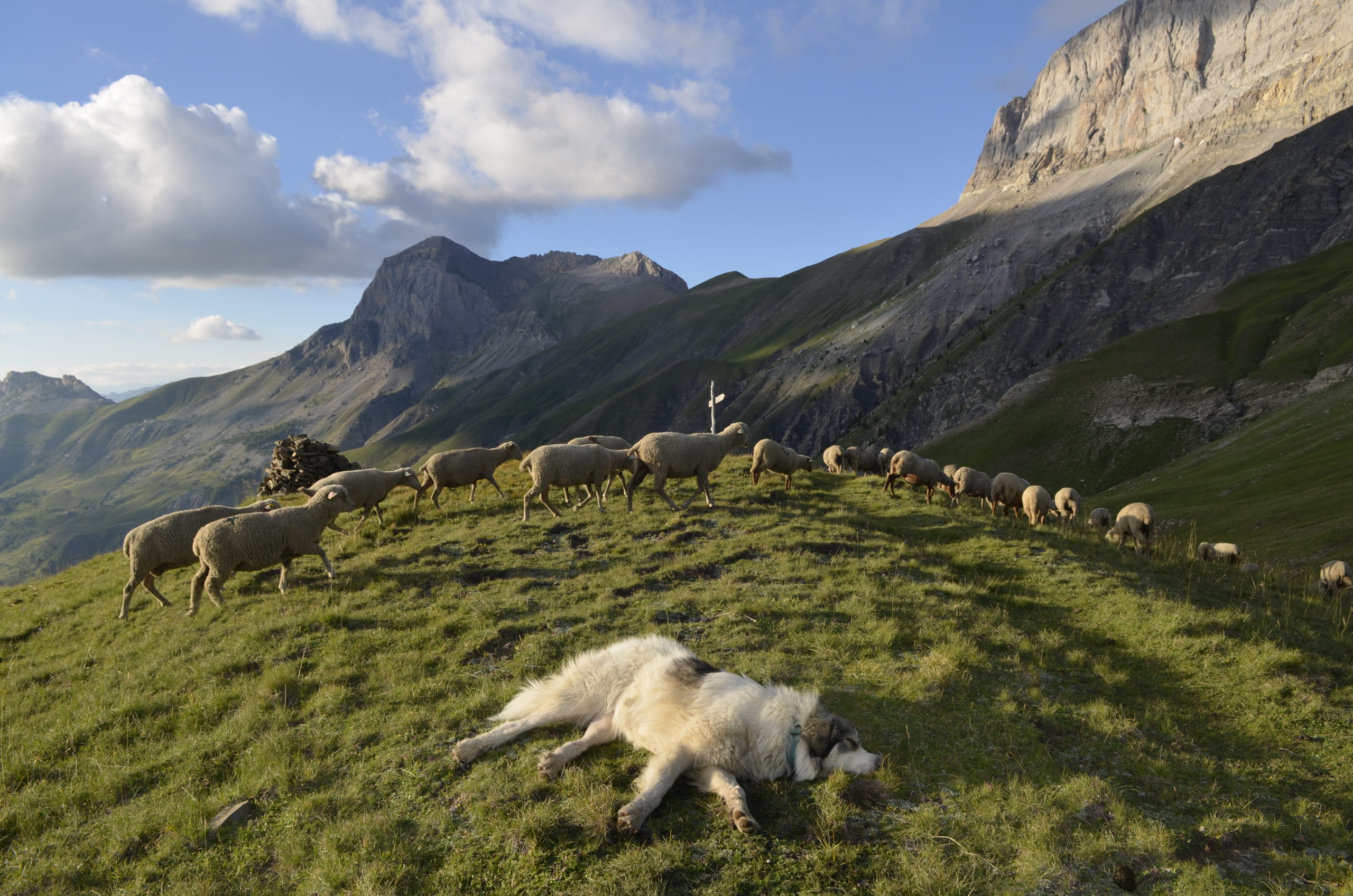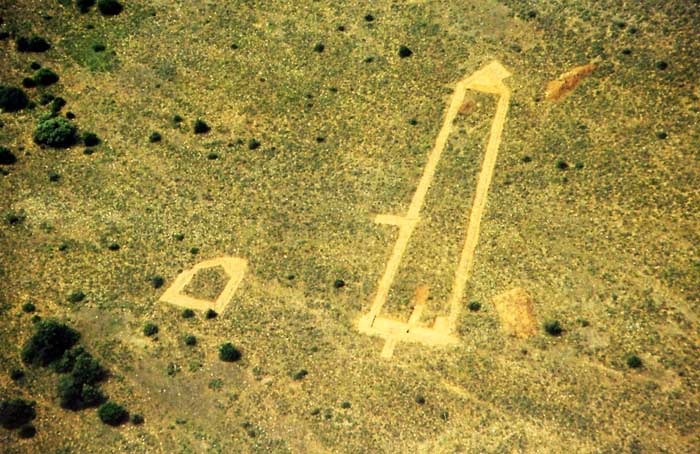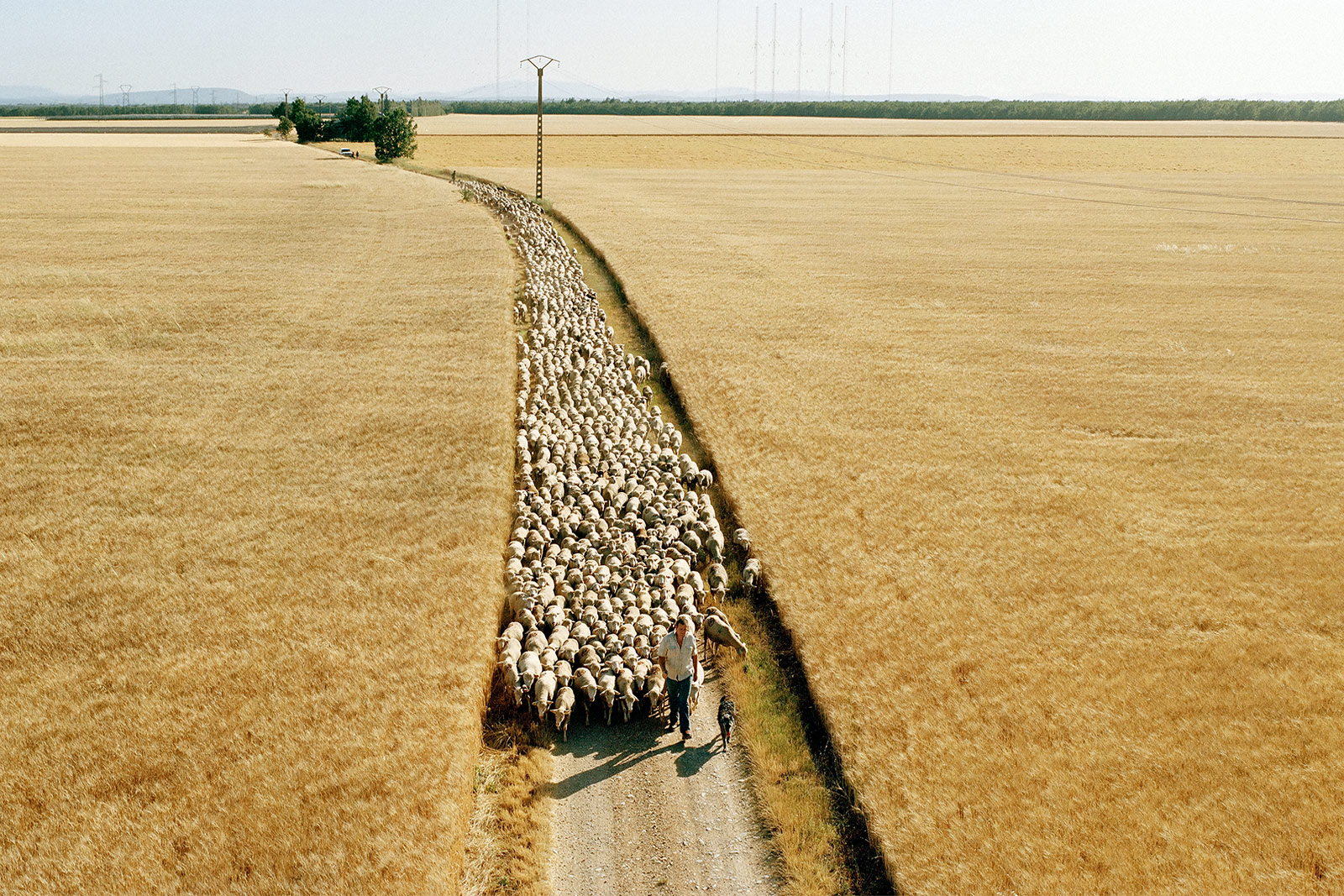Our region’s pastoralism is a centuries-old extensive farming system based on grazing on complementary surface areas and using natural resources where we find them.
In summer, the Crau Plain is too dry and there is not enough grass to feed the flocks. So the shepherds go looking for new grass in the Alps: that’s what transhumance is.
The shepherds move their flocks in line with the grass growth cycle, shaping the countryside as they do so:
- Crau’s grasslands or “wet Crau” from October to February;
- Coussouls or “dry Crau” from March to June;
- Alpine pastures from July to September.




